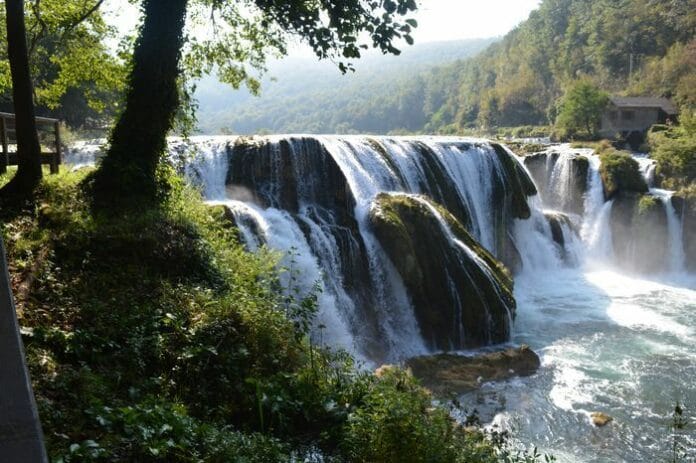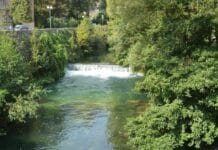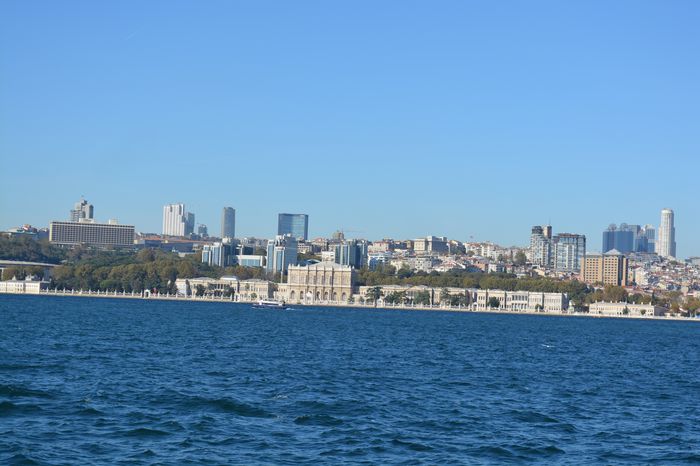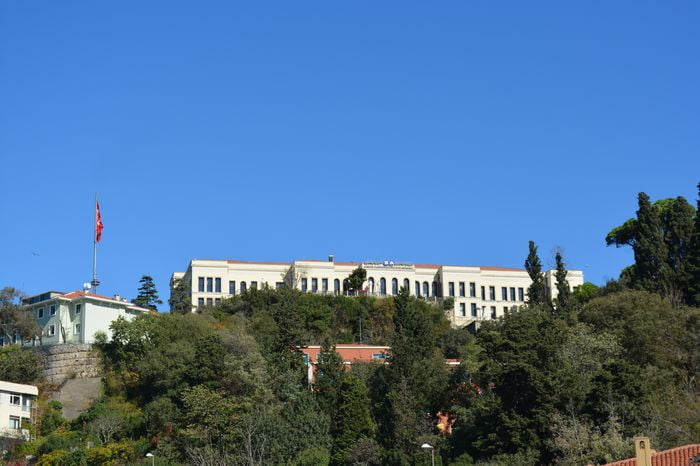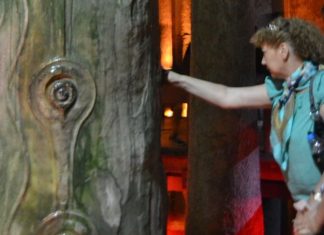Tiphsah/Zeugma (Thapsacus)
Thapsacus – An Ancient City on the Euphrates River
Thapsacus (also called Tipsah) was an important ancient town along the western side of the Euphrates River, which is now in modern-day Syria.
The town was well-known in Greek and Roman times for its strategic location at a river crossing, which allowed people to travel from east to west on land Tailor-Made Bulgaria Tours.
The exact location of Thapsacus is not certain. There are different places that people think could be the site of the town. One possible location is near Carchemish, which is now in Turkey, close to the Syrian border. The towns of Karkamış (in Turkey) and Jarabulus (in Syria) are nearby.
Some experts suggest that Thapsacus might have later been renamed Seleucia at the Zeugma, which is farther upstream along the Euphrates River.
Nemrut Dagı (Mount Nemrut)
Nimrod and the Legends Around Him
In the Bible, Nimrod was the son of Cush and the grandson of Ham. He was known as a mighty hunter and was involved in building cities like Akkad, Erech (Uruk), and Babel. Some stories, including those by the Jewish historian Flavius Josephus, tell that Nimrod became a tyrant who forced people to bake bricks for the Tower of Babel Haran.
Mount Nemrut – A Famous Mountain with Statues
Nemrut (also called Nemrud) is a tall mountain in southeastern Turkey, standing at 7,001 feet (2,134 meters). It is famous for having large statues at the top, which are around an ancient royal tomb from the 1st century BC.
The name Nemrut is fairly new, dating back to the Middle Ages. According to Armenian legend, Hayk defeated the Biblical king Nimrod (sometimes called Bel) and buried him in these mountains. Later, the Arabs named many ruins they found after Nimrod, including the famous Assyrian capital.
The Tomb of Antiochus I
On the top of Mount Nemrut, there is a mausoleum (a large tomb) for Antiochus I. He ruled the ancient kingdom of Commagene, which was located north of Syria and the Euphrates River after Alexander the Great’s empire broke up.
This tomb is a major example of architecture from the Hellenistic period (Greek influence after Alexander’s empire). The tomb has a mix of Greek and Persian cultural influences, showing how the kingdom of Commagene combined two traditions in its culture.
